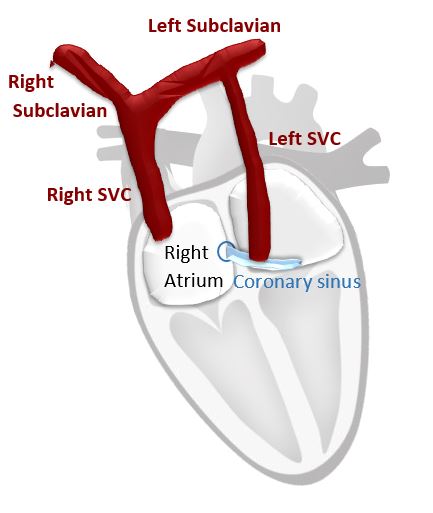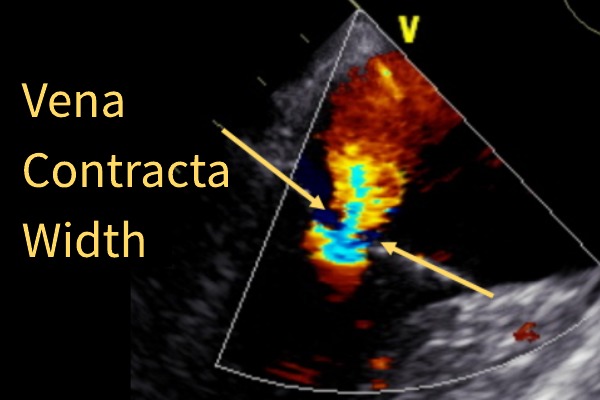Written by Judith Buckland, MBA, RDCS, FASE
This next blog series will cover the different aortic cusp variants and how they present in echocardiography. This week we will begin our review of the unicuspid aortic valve and we will cover the bicuspid and quadricuspid AV in future blogs.
Echo 5.0 CME: Aortic Valve Anatomy and Cusp...
Written by Yvonne Prince ACS, RDCS, RVT, RDMS, FASE
Branches of the Aorta
Earlier, I mentioned the superior mesenteric artery (SMA). From a longitudinal approach, it is seen rising anteriorly and then turning and coursing distally, maintaining a parallel course to the aorta. The SMA is the second branch of the abdominal aorta, and the celiac axis...
Written by Judith Buckland, MBA, RDCS, FASE
When you think of CardioServ, the first thing that often comes to mind is our blogs! We strive to inspire excellence in imaging, and a big part of that is through education. What you may not realize is that for the past 13 years, we have been helping clients across the nation earn the...
Written by Judith Buckland, MBA, FASE, RDCS
Persistent Left Superior Vena Cava (PLSVC) creates a connection from the SVC to the coronary sinus. It is something we do not routinely see on echo but is always a great catch when we do see it! This week we will review the subclavian anatomy and blood flow of a PLSVC.
Persistent Left Superior...
Written by Judith Buckland, MBA, RDCS, FASE
Mitral Regurgitation
It is estimated that over 4 million people in the United States have significant mitral regurgitation. Untreated severe mitral regurgitation decreases life quality and has a high mortality rate. With the advancement of technology, including the MitraClip, more...
 Cardioserv Blog
Cardioserv Blog






